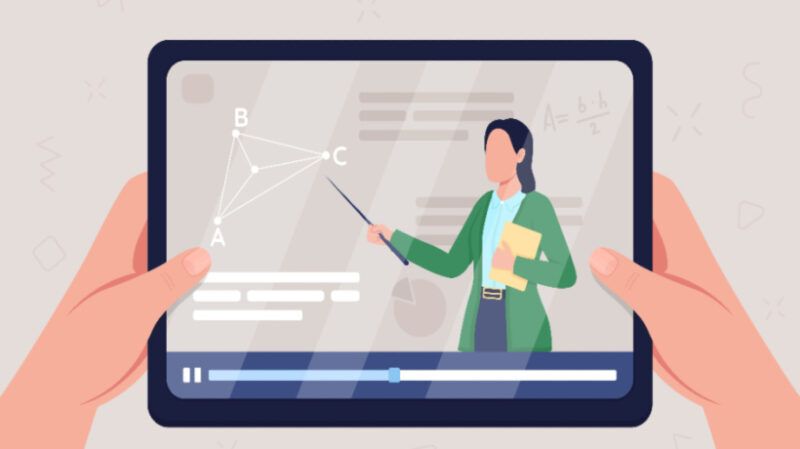
Digital design in eLearning
Digital design is an important part of eLearning; it is designed to create an environment where students are eager to learn. Digital design is an aspect of all technology, even if people are not aware of it.
Aspects of Digital Design for eLearning
1. Key Elements:
When creating an eLearning course, designers should ensure that they select high-quality stock photos that are not grainy and do not feel outdated. Visuals are the eye-catchers that ensure that students enjoy themselves in the course. Make sure to use interactions during design; elements such as quizzes are an excellent way to keep students engaged. Although visuals are needed, white space is just as important. Many designers don’t leave enough white space and think it’s best to fill the page when white space would be a useful element. It is important to create a clear user experience and keep everything consistent by establishing relationships between the topics discussed. Maintaining simplicity is an essential element to ensure that students are not overwhelmed. Feedback is one of the essential elements in the design process because designers get to see what works and what doesn’t.
2. Branding in eLearning
eLearning course designs are essential along with branding. During planning, designs must be structured and consistent. Designers need to create depth in their layouts to ensure easy navigation. It is essential to remember what your company’s brand stands for as there are so many changes that keep popping up to stay up to date [1]. Creating an excellent brand will make students recognize your company from many others. A company’s brand will create a spotlight that shines through with its unique identity and ethics.
3. Content Development
eLearning content development is a process by which developers create course materials that are strategically placed. Teams of designers and developers come together to make design and content flow smoothly. The teams will develop goals and objectives for the courses in this phase. They will start building the eLearning course. There are challenges within content development, including copywriting, maintaining brand consistency, communicating the topic, and delivering details without going beyond the desired messages.
4. Structure
To structure an eLearning course, many steps are required. You need to decide what content will be covered, what the topic will be in each module, make sure the modules are in the right order, plan the course and develop a theme. By providing a smooth, fluid course, students are set for success. The course structure helps maintain learner engagement and focus. There are many challenges to create the structure correctly and for the right audience.
Education Design Challenges
Here we will discuss some of the challenges that instructional designers face when creating eLearning courses. Instructional Designers need to stay on top of technology to make sure the design is right. They should also consider future design elements to help maintain the growth and development phase of an eLearning course. When people think of courses, they feel that courses should be programmed so that students are working consistently, but there should be breaks. By ensuring there are breaks in your eLearning course, you ensure that students can break down the content at the end of topics and focus on the objectives. Instructional Designers should evaluate student progress to see what is working and what not. When developers don’t take feedback into account, their course can fall behind in the eLearning world. Feedback is the best teacher in eLearning digital design.
Benefits of Digital Design in eLearning
Some of the advantages of digital design are that it is easy to navigate and you can find information quickly. Digital design helps clarify complex concepts and provides a clear understanding of the ideas developers were trying to convey. Visual content can be more effective than text information. Ensuring good digital design helps improve knowledge retention and prevent cognitive overload.
Conclusion
Digital design is competitive and must be kept up-to-date. When designing, creating the right branding is essential to distinguish yourself from others [2]. Making the right digital design decisions ensures that students get the most out of a course. When students provide feedback on the course, it helps designers and developers know what to include, exclude, and improve on.
References:
[1] The Importance of Design in eLearning Content Development
[2] The effectiveness and importance of digital design today
